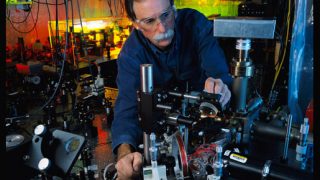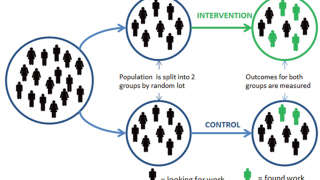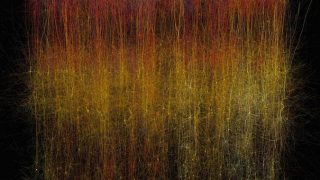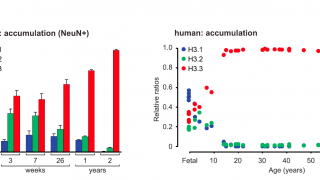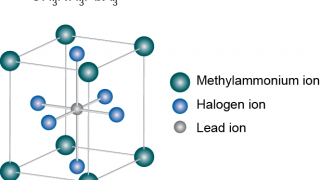
Did the first Americans come from Bilbao?
As everybody knows, the people from Bilbao are born wherever they want. And, according to one of the most captivating conjectures in contemporary archaeology, this might have been so in a totally unexpected way even from many millennia ago. The conjecture I am referring to is the ‘Solutrean hypothesis’ about the first human population of […]
